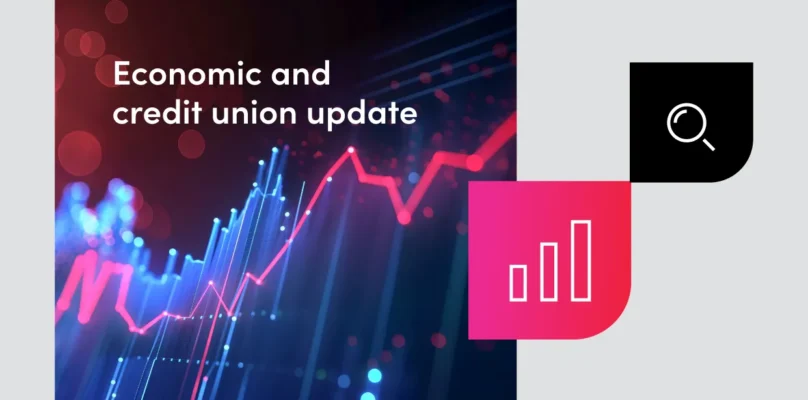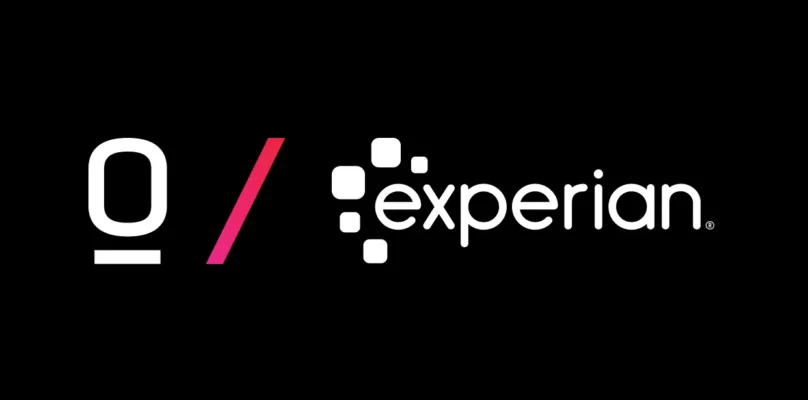Credit unions are embracing indirect lending, despite industry challenges according to a panel of credit unions sharing on a recent webcast hosted by Origence.
Senior vice president of lender client experience, David Adams, moderated a question-and-answer session with three credit union lending professionals to learn more about what credit unions are doing in indirect lending as they face industry challenges and how they are positioning themselves to move forward. The panel included:
Emily Gibson, vice president of consumer lending at Y-12 Federal Credit Union in Knoxville, Tennessee, with $1.9 billion in assets and 14 branches. Y-12 has a substantial auto lending portfolio, with 58% processed through the direct channel, and has used CUDL since 2015.
Billy McDaniel, senior vice president and chief lending officer of Communication Federal Credit Union in Oklahoma City, Oklahoma, with $2 billion in assets and 23 branches. Communication FCU has an auto indirect lending portfolio with 51% totaling approximately $914 million and partnered with CUDL in 2011.
Chad Wilcox, senior vice president of lending at Credit Union of Colorado, with $2.8 billion in assets and 19 branches in Colorado with an indirect lending portfolio of approximately 28%. They have worked with Origence and CUDL since 1995.
Worries and Opportunities Within
The panel highlighted their concerns, opportunities, and what’s keeping them up at night. Gibson expressed her worries about the high auto volumes, extended loan terms, and elevated LTVs, which put portfolios at risk. She emphasized the need to maintain a balance between staying competitive and protecting members from negative equity. On the other hand, Wilcox emphasized the rising LTVs and the potential impact on delinquency and fraud. He saw opportunities in leveraging AI tools for more automated underwriting and giving instant decisions. Lastly, McDaniel expressed his concern about liquidity challenges hampering lending operations, especially in the indirect lending space. Despite these challenges, he saw opportunities in maintaining strong dealer relationships as a path to future growth.
Wilcox highlighted the liquidity challenge and the importance of pivoting strategically to manage loan growth. He emphasized pricing based on the cost of funds. McDaniel echoed the significance of liquidity on lending decisions, focusing on controlling loan volume and members’ payments through pricing adjustments and risk-based strategies. Gibson stressed the importance of nurturing strong relationships with partners, enhancing service models, and expediting decision-making to overcome current challenges. They collectively underlined the need for efficient service and resource leverage to strengthen partnerships and adapt to the evolving lending landscape.
“An opportunity from my seat is leveraging AI tools to make more automated decisions, which in turn get more deals from the dealerships. We’re excited for that opportunity!”
Chad Wilcox, senior vice president of lending for Credit Union of Colorado
Managing Risk
Panelists then discussed managing concentration risk. Gibson emphasized the critical role of managing risk in the indirect lending channel. She acknowledged the scrutiny of examiners in this area and highlighted the importance of having robust metrics and monitoring in place to prove that they have control over the risk. She underlined the significance of building strong relationships with their partners in the indirect channel and careful vetting to mitigate potential credit risks.
McDaniel shared insights into his approach to address examiner concerns regarding the high concentration of indirect lending. He explained how they differentiate between various types of indirect loans, tracking them based on NCUA’s definition as well as their own. By providing detailed reports and data, they demonstrated their ability to manage and monitor the risk effectively. McDaniel emphasized the value of working with Origence to obtain the right reports for examiners, ultimately showcasing their commitment to transparent and responsible lending practices.
“It’s important to work with Origence in getting the right reports that you need for your examiner.”
Billy McDaniel, senior vice president of lending and chief lending officer for Communications Federal Credit Union
Future Growth
As they looked ahead, the panel collectively emphasized their credit unions’ growth strategies and the role of technology in shaping their lending future. Wilcox’s growth projections centered around home equity and auto loans as catalysts for expansion. Gibson stressed their focus on automation and AI implementation to drive efficiency and combat fraud. McDaniel discussed the potential for extended auto loan terms and the benefits of automated underwriting. The group echoed the importance of being agile in adapting to changes in consumer behavior and utilizing innovative solutions to thrive in the evolving lending landscape.
Next, the panel discussed the avoidance of loan terms exceeding 84 months while emphasizing flexibility in debt-to-income ratios. They also explored pricing strategies for extended terms in alignment with associated risks, potentially justifying longer loan periods. The conversation included considerations about introducing a leasing program and exploring extended loan terms, possibly transitioning from 84 to 90 months.
Liquidity, applicants, and staffing challenges
The panel then began to discuss the important question of how they are each addressing liquidity and then how they manage their auto dealer relationships as a result of pulling back to manage their liquidity. Gibson highlighted the need for deep conversations with dealers, explaining business decisions, and fostering strong service relationships. McDaniel emphasized the importance of tightening underwriting standards and maintaining excellent dealer relationships, underscoring that the success of the lending business hinges on trust and rapport. Wilcox discussed their iterative strategy, focusing on pricing strategies while considering participations to manage volume effectively. The consensus was clear: balancing the need to slow down volume without alienating dealers was a vital consideration in their approaches to liquidity management.
The panel agreed that additional challenges included poor applicants and staffing. Gibson highlighted the challenge of declining applicant quality, which has resulted in an increased decline rate in the last six months. She pointed out that the economic constraints have led to a decrease in the quality of applicants, especially among super-prime borrowers, who are now shopping less compared to a couple of years ago.
McDaniel continued to discuss liquidity as their top challenge but then emphasized that staffing, particularly with the funder role, has also been a significant concern. However, he explained implementing a remote work arrangement helped stabilize the staffing situation and addressed the issue to some extent.
Pricing
The panel then discussed pricing strategies in indirect lending. McDaniel shared the importance of considering liquidity when setting pricing and mentioned that they intentionally avoid being the best in town to manage the influx of indirect lending. Gibson shared that they balance pricing with member needs, ensuring that they keep their member relationship in mind when setting prices, even while making business decisions related to liquidity and risk. Wilcox said they approach the overall cost of funds, deposit funds, and simplify their rate sheet by offering a consistent base rate for 0 to 75-month terms while adjusting based on loan-to-value (LTV) ratios. The goal is to make pricing straightforward and easy for dealers and staff to understand.
“Be sensitive to member needs. It plays into our decision on pricing, LTVs, and DTI decisions…making sure that we are relevant but also that we don’t make pricing decisions to punish the member because we have an influx. There are other ways to control that, including making it more attractive to members versus non-members.”
Emily Gibson, vice president consumer lending for Y-12 Federal Credit Union
So, how are they managing indirect and direct lending channels?
Wilcox mentioned they maintain the same pricing for both direct and indirect channels to avoid conflict and provide a consistent experience for dealers and members. However, they are considering regional-based pricing to address the competitive variations in different states.
McDaniel highlighted that they maintain the same pricing for both channels as well. However, they have implemented a strategy to incentivize dealers to use the indirect channel while ensuring that members who prefer direct lending are not forced into the indirect channel.
Artificial Intelligence
The panel collectively emphasized the growing significance of artificial intelligence (AI) for enhancing automation within their lending operations. McDaniel highlighted their successful utilization of indirect automated underwriting and expressed excitement about the potential of incorporating AI technology in their processes. Gibson discussed their efforts to increase auto decisioning through their consumer loan origination system, aiming to surpass 60% auto-decisioning by year-end. Wilcox revealed their use of auto decisioning through Origence’s arc OS and the integration of an AI solution, which has already resulted in 80% auto-decisioning for unsecured loans. They are actively exploring the expansion of AI into the indirect lending channel, recognizing the value of AI in streamlining their operations.
Overall, credit unions remain deeply focused on indirect lending, even in the face of today’s lending challenges. Like any successful lender, they’ll keep a close eye on their competitors and adapt to best serve their members and the current market. It’s unanimous that strong credit union partners, such as Origence, will play a vital role in their future lending strategies. Moreover, they foresee tools like AI continuing to enhance their lending operations as they progress forward.
Access the recording












